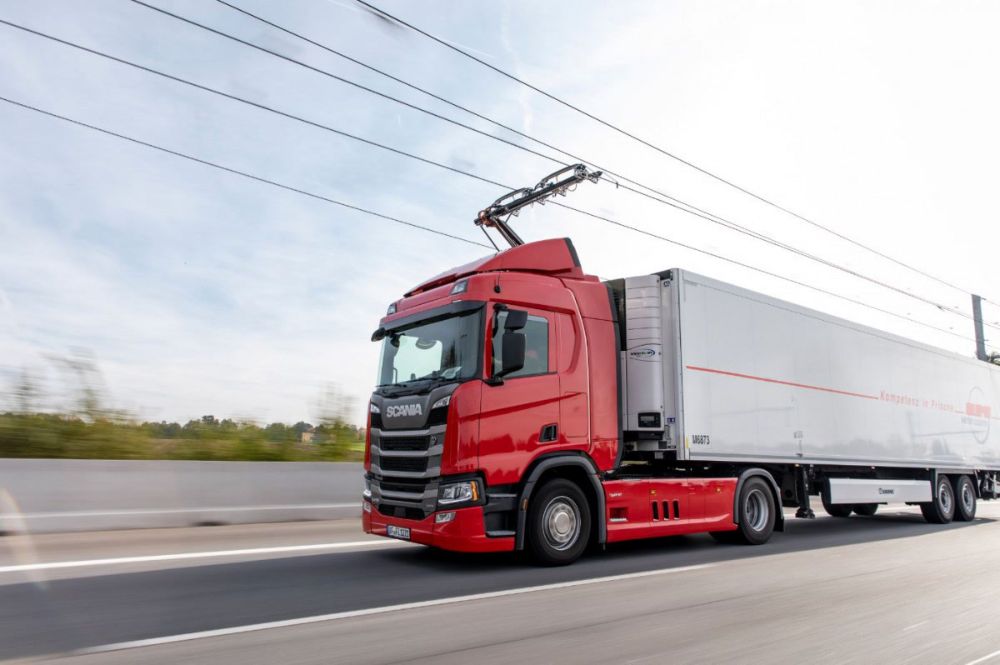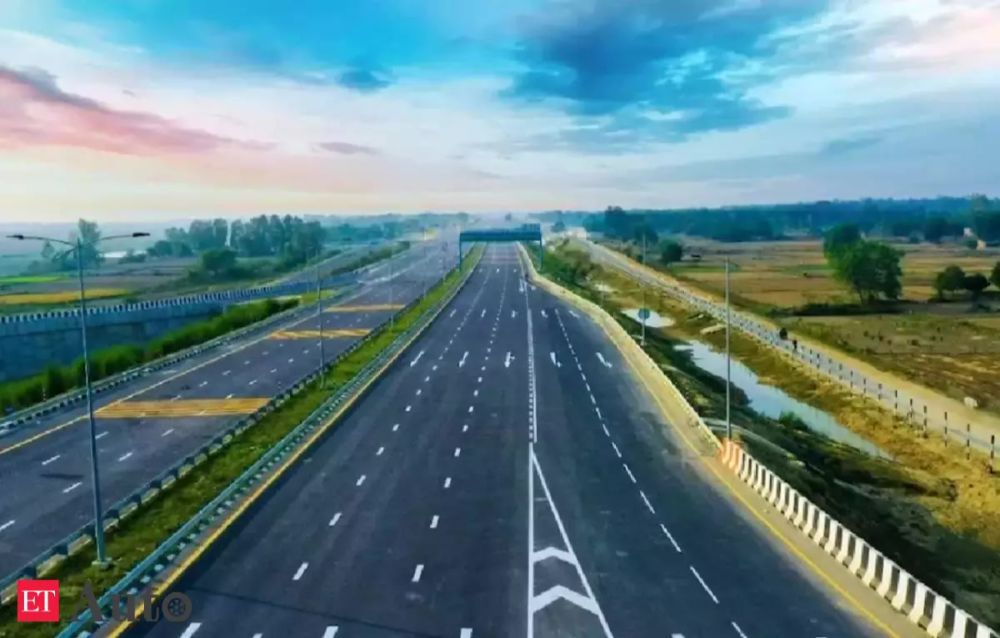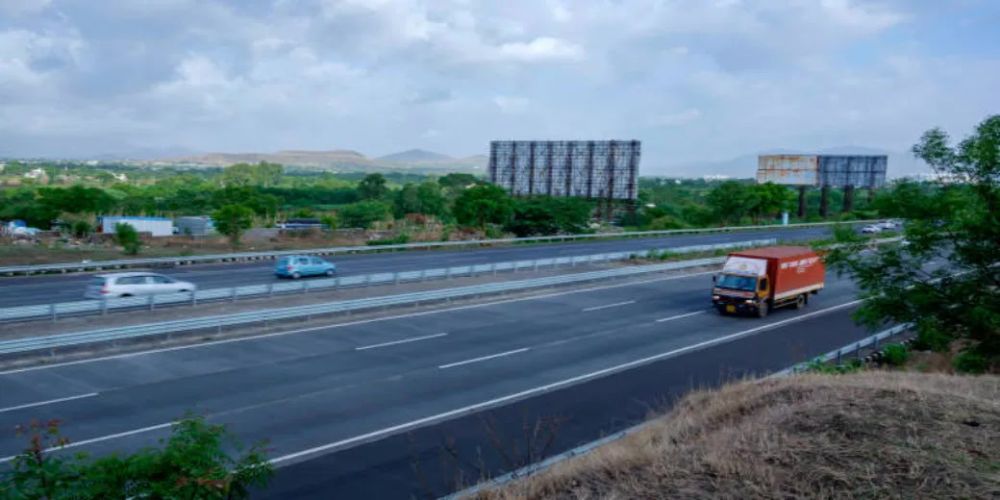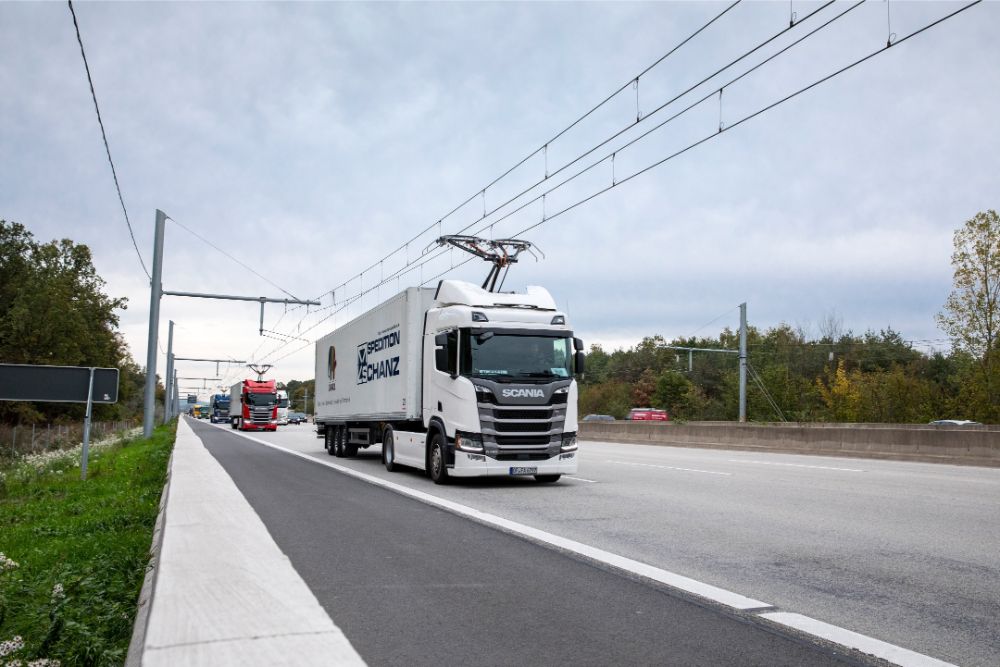In a significant move towards sustainable transportation, the Indian government is strategizing the creation of electric vehicle-ready highways along the Golden Quadrilateral. The ambitious plan aims to cover 6,000 km of these eco-friendly routes over the next seven years, aligning with the Vision 2030: PM Public Transport Sewa initiative.

Accelerating E-Mobility Adoption:
The government envisions this extensive network of e-highways as a catalyst for the accelerated adoption of electric mobility. The focus is on supporting the deployment of e-buses throughout the country, fostering an ecosystem that thrives on green energy-enabled charging infrastructure.

Integration with Vision 2030: PM Public Transport Sewa:
The proposed electric highways are intricately tied to the larger Vision 2030: PM Public Transport Sewa, showcasing a holistic approach to transform intercity public transport through electrification.

Transformative Impact on Charging Infrastructure:
The development of e-highways is expected to coincide with the induction of electric buses, facilitating the establishment of a robust ecosystem for electric vehicles (EVs) in India. This strategic move aims to catalyse the growth of charging infrastructure, encouraging more individuals to embrace electric cars for their daily commutes.

Replacing Diesel Buses with Electric Ones:
To further reduce emissions, the government has initiated discussions to replace 800,000 old and polluting diesel buses with electric alternatives by 2030. This initiative spans state transport undertakings, private operators, schools, and employee transportation, contributing significantly to the reduction of environmental impact.

E-Highways Boost Logistics and Emission Goals:
Focusing on the Golden Quadrilateral, India’s longest highway network, the introduction of e-highways is poised to play a pivotal role in achieving the government’s targets of reducing logistics costs and curbing emissions in line with COP28 guidelines.

Economic Viability and Development Approach:
Under the Ministry of Road Transport & Highways, the plan involves awarding electrified highways on a build, operate, and transfer (BOT) model to private companies. Additionally, existing highways are being considered for conversion into e-highways, supported by the establishment of sufficient charging stations. The project’s costs will be shared by the central and state governments.

The government’s push towards developing electric highways reflects a commitment to green mobility, addressing concerns about logistics costs and environmental pollution. By embarking on this transformative journey, India seeks to position itself as a frontrunner in sustainable transportation, with the ambitious target of 6,000 km of e-highways by 2030.
